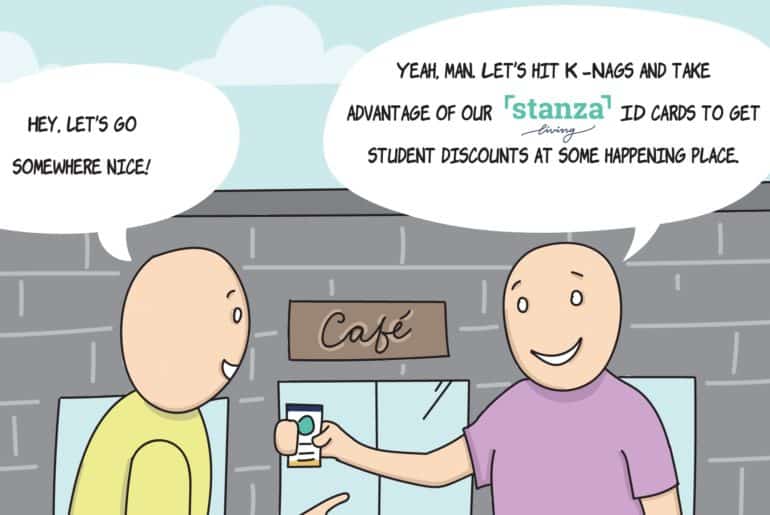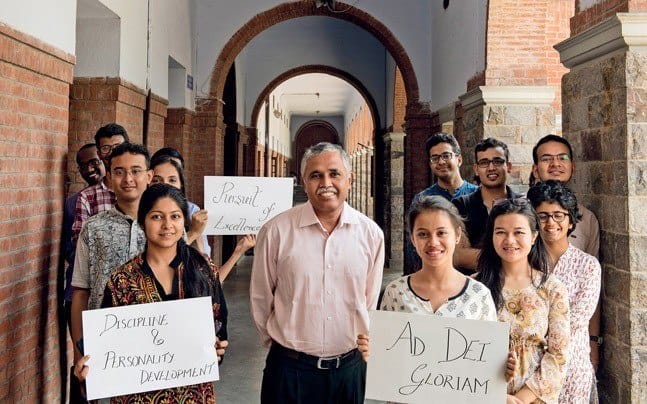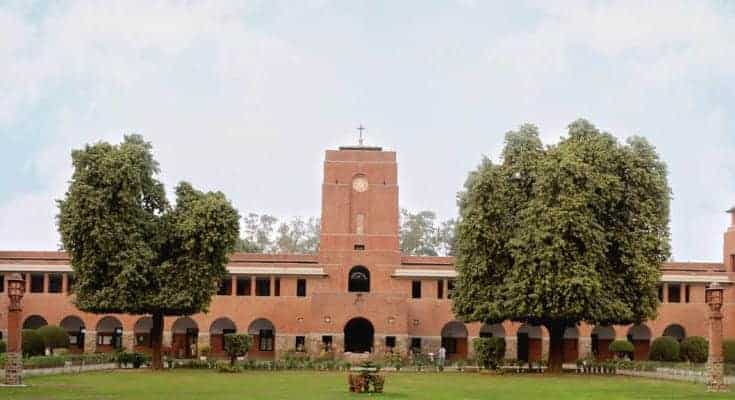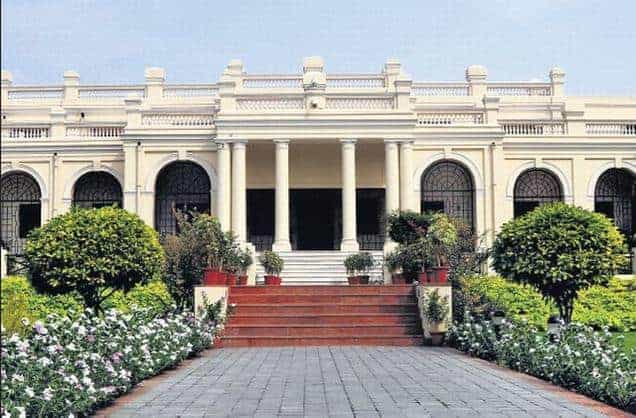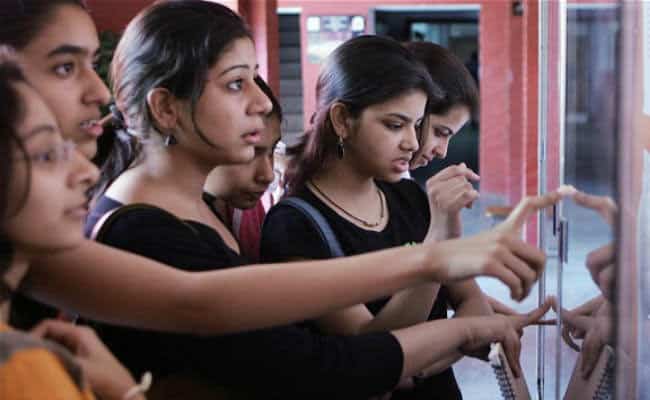When the month of May is taken over by the vigour of fresh University of Delhi (DU) admissions, it is time to recall and pay respect to the culture which these newbies will blend into soon. One of the intrinsic elements of the Delhi culture is the language passed down to us by our fore bearers! To familiarize you with the same, here are 10 words from that language, which will get added to your vocabulary when you spend too much time in Delhi University.
- K Nags – Kamla Nagar, a cool hangout spot
Now, if you are part of North Campus, chances are you’d want to chill with your friends after going through hours of torturous classes. One of the cool hangout spots, 5 minutes away from the North Campus is Kamla Nagar. But, are you going to call it Kamla Nagar? Nope, you’re too cool for that. You, thus, call it K Nags!
“Hey, let’s go somewhere nice!”
“Yeah, man. Let’s hit K Nags and take advantage of our Stanza Living ID cards to get student discounts at some happening place.”
- Mecca – ‘The’ Fest of Hindu College
When you enter Delhi University, Mecca changes from a peaceful place of pilgrimage to a place with colourful confetti and loud musical concerts! Mecca is the name of one of the most awaited fests throughout the year, in Delhi University. It is the annual cultural fest of Hindu College that takes place every year in March. “I was at Mecca” can never mean you were praying, after you’ve entered Delhi University!
“We’re all heading to Mecca. We’ll be back by 11.”
“Does your PG allow such late nights?”
“Bro, we are Stanzens!”
- Soc (pronounced as sock) – Society
You are now a part of Delhi University, so welcome to the real world! We introduce to you a soc your mom can’t help you find. Every society in DU is called a soc because these societies are too active to have the time to say ‘Society’! (Not even being sarcastic!) Deb Soc refers to the debating society; Lit soc is the Literary Society etc. These societies are a great way to take your talent up a notch and be a part of a network of like-minded people.
“Guess who just became the President of Debsoc?”
“How would you even find time to manage academics, Debsoc work, and taking care of things like cooking, cleaning, washing your laundry, etc?”
“Dude, great minds don’t worry about trivial things – Also, Stanza Living takes care of everything for me.”
- Fuchcha – A fresher
The word fuchcha traces its roots from the words fresher and bachcha. You are bestowed with this title when you enter college as a first year student. This is the time when your seniors will give you immense attention and build tight friendships with you. All of them will call you a fuchcha, until you suddenly enter the second year and have to do the same for the new set of fuchchas.
“Stanza Living seems to be the preferred choice of accommodation with the fuchchas this year.”
- Satya – Satya Niketan
Satya may mean truth to you but you can’t be all truthful about the delayed assignments, missed tests, and low attendance. So, if a DU student is walking on ‘satya ki raha’, they are probably going to Satya Niketan, a cool hangout spot near South Campus.
“Now that we got our proxies, let’s go chill at Satya!”
- Companion – A guide book for DU students
It is said that you create lifelong friendships during your college years. However some friendships last only a semester. They remain your ‘companions’ till the final exams and once you clear that, you get new ‘companions’. However, such ‘companions’ must not be underestimated. They are meaningful and useful friendships you can’t do without. English Honours students can probably relate the best.
“My friends and I haven’t studied anything but we’ve got a ‘companion’ which will help us during the exams!”
- Superseniors – Seniors to your immediate seniors
If your course is a 3 year one, you will have just one set of superseniors. If you’re in first year, your only superseniors are the third year students. They never come back and you never get another set. They are guides you’ll look up to and learn the most from, even if you spend the least time with them.
“My superseniors were very sweet to us so we’re trying to make their farewell special.”
- Tutes – Tutorials
Since each batch has a lot of students, it can sometimes be difficult for teachers to connect with each student. Therefore, the teachers like to divide the batch up into smaller groups that can meet the teacher every week at an allotted time. These classes with smaller groups are called tutorials. They are used for discussions, doubts, extra topics etc. They are almost like ‘extra’ classes. And while it may not be very cool to attend them, we thought we might as well give it a cool name to hide our pains!
“Bro, I can’t come right now, I have a tute!”
- Ricks – Rickshaw
When you drop off at Vishwavidyalaya or the South Campus, the Electric Rickshaw drivers or bhaaiyas give you more attention than you’ll ever receive from your boyfriend, parents, or best friend. They will make you feel like a celebrity as they crowd around you and somehow judge which college you’re from based on how you look and what you wear. If they ask you ‘Miranda?’, they mean you look amazing! To suit all the attention you get, it is important to use a cool substitute like ‘ricks’ for calling the rickshaw, it lets you maintain your character. Only, the bhaaiyas might not understand you.
“Bro, stop the rick. Let’s go back and attend the movie night at Stanza!”
- Jugaad – Making ANYTHING Happen
The University works on jugaad. Want fest passes? Want to complete an assignment in 2 hours? Want the Gods to come bow down to you? “Tera bhai jugaad karwa dega!” Delhi University has a lot to offer to its students. However, sometimes it becomes difficult to juggle all that you can do, simultaneously. Sometimes it’s the time constraints, other times it’s lack of contacts. But, remember there will always be that one person who can get the work done through jugaad! Keep them close!
“I don’t have the Crossroads passes. Koi Jugaad karwao, yaar!”
“Ask a Stanzen, they usually have jugaadu networks across the University.”
Feature Image Credits: Stanza Living
Khyati Sanger

